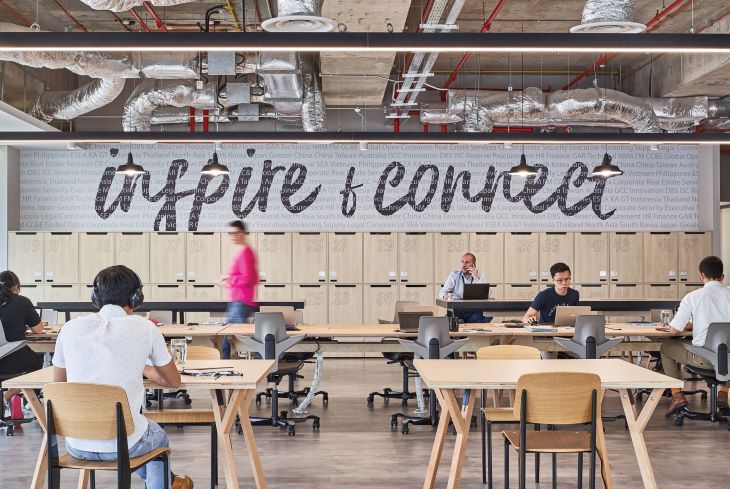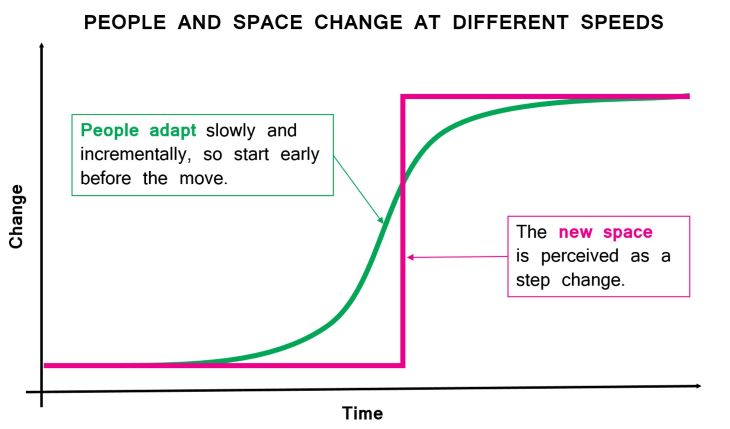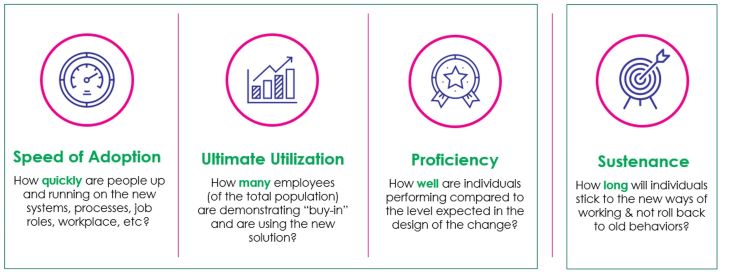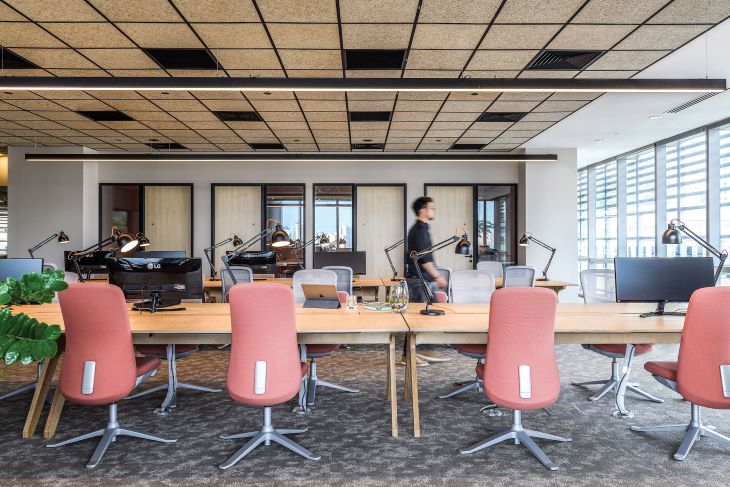Ricardo Chacon and Avinash Yalamanchili address the key success factors and considerations occupiers and project managers should have.

Organizational changes can take different shapes such as technological changes, new operational and production processes, human resources methodologies for employee reviews and remuneration, and even the integration of multiple businesses in the form of acquisitions mergers or downsizing. Nonetheless, workplace transformation and change, amongst all, could be the biggest challenge that any organization can go through.
Changing the workplace goes beyond changing the tools we use at work. It usually is a complete environment metamorphosis, which could also come along with rapid expansions or contractions of the company, changes in the business model, shifts in geographical location that affect personal routines (due to the changes in commuting patterns), changes in the ways of working (i.e. switching to unassigned seating), and the perceived loss of personal spaces such as private cabins and personal desks.
Change is not only organizational, but it is also personal
At a personal level, this turmoil of events and changes combined can be perceived as one insurmountable obstacle. However, looking closely, the challenge lies in the fact that people tend to adapt slowly and incrementally, and a workplace transformation can be perceived as a rapid and large change. With that fact well acknowledge, people will be more likely to embrace the change when the expectations are managed in advance and have considered an incremental change.

Even though the situations aforementioned can create extreme resistance from the staff, their real impact will mostly depend on the effectiveness of the change management work conducted at the organizational and individual levels.
Addressing the people-side factors of success
Along these lines, beyond dealing with internal resistance, any organization will have to address the necessity to achieve a higher probability of success, capture people-dependent Return on Investment (in the form of productivity loss, employee turnover and customer impact), and building an internal change competency and culture, which will contribute to make it much more resilient in the long run. To achieve these results, a successful change management plan and execution should include the following four key people-side factors. The first three have been coined by PROSCI in their Change Management Methodology and the fourth-factor “Sustenance” is a composition based on our field experience in workplace transformation projects.

Speed of adoption: how quickly will people be up and running in the new facilities? This will require managing both active and passive resistance, by creating effective communication plans, project launch and ensuring sponsorship readiness and coaching effectiveness throughout the project cycle.
Ultimate utilization: how many employees will demonstrate a “buy-in” and will effectively use the new space? For every person aboard, there will always be another opting out of the new ways of working or the new space; hence the importance of reinforcing the change throughout the project and managing resistance.
Proficiency: how well will individuals perform compared to the level expected in the design of the change? Proficiency will depend on the competence of each performing daily routines in a new way, but it could be negatively impacted as a result of employee resistance.
Change Sustenance: How can we plan for change management strategy without thinking of the final state? As Stephen Covey said, “Begin with the end in mind”. While the speed of adoption, ultimate utilization, and proficiency almost reach the end state, sustenance represents the mileage of the investment be it workplace change or organizational change.

Rooting the change
PROSCI’s three people-side factors address the change acceleration but sustenance covers the change mileage. How often do we see people trenching back into their old shells with tangential behaviors to the new organizational vision and objectives? Examples could likely be found in your organization where people unofficially claim spaces.
In such manner, it is particularly challenging for the new habits to root after all the turbulence of the move is over as people usually find it complex to accommodate themselves to new ways of working; especially when the new working strategies, such as activity-based working (ABW), disrupt their old habits. Hence, at the end of the day, it is not just how well the project has been executed but also how long its impact will last. Thereby lies the importance of the change sustenance on complementing the people-side factors of success.

Altogether, major workplace transformations should consider not only the big picture of organizational change but also how the new workspace will add value to the business and individuals in their journey. Effectively managing the people-side factors of change has proven to play a key role in achieving successful results, but rather often, this is overlooked or acknowledged too late in the project, resulting in organizations facing extreme internal resistance and losing part of the people-dependent return on investment.

